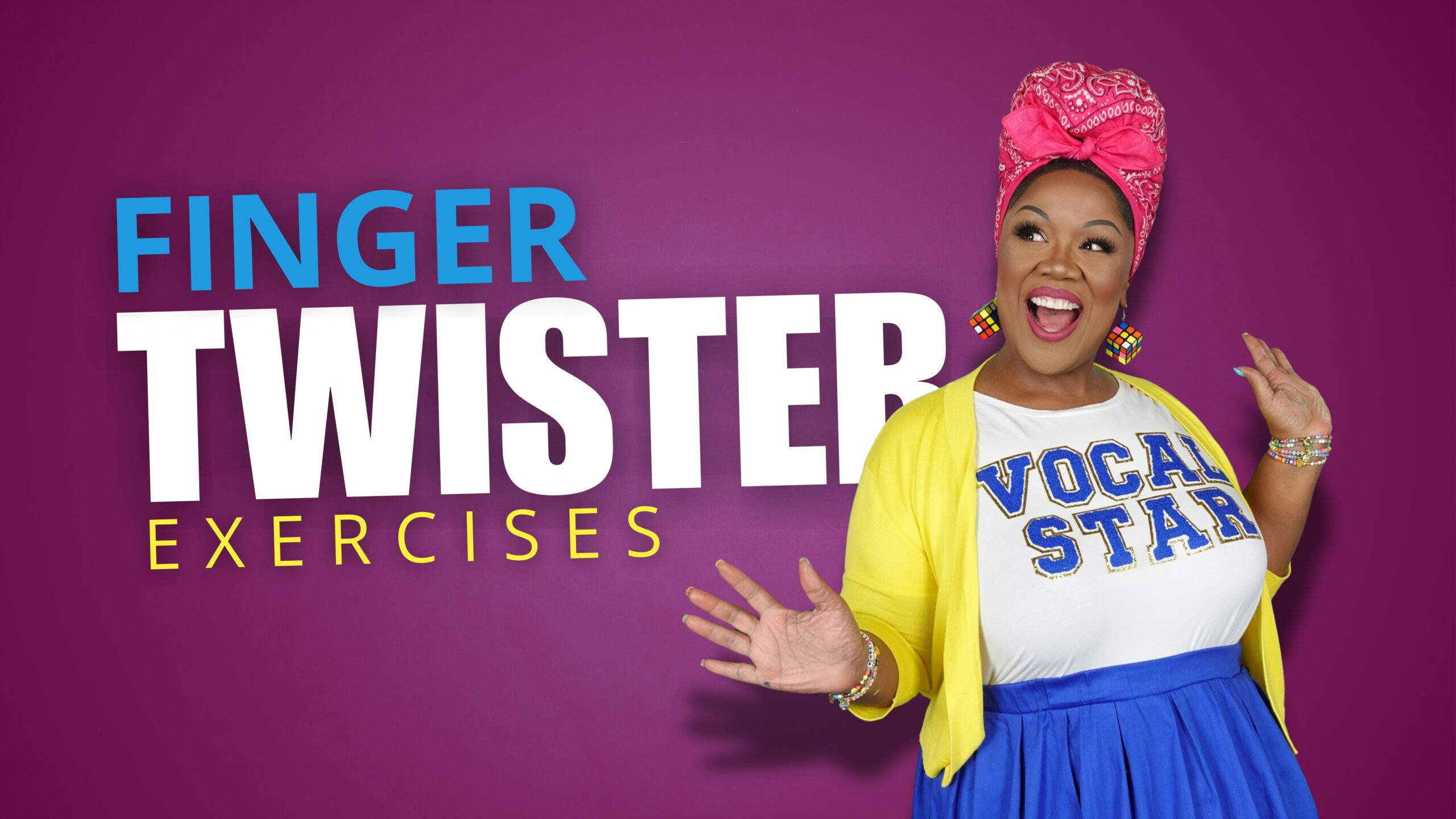• Muscle memory for singers trains your vocal cords, breath control, and pitch accuracy to work together automatically
• Finger twister vocal exercises combine physical movement with vocal practice to build neural pathways
• Breaking vocal runs into chunks and practicing slowly with finger patterns creates cleaner, smoother riffs
• Daily practice with neutral syllables like “nah” or “goo” builds coordination between brain, breath, and body
• Vocal agility training through muscle memory can improve your singing in just 20 minutes daily
Listen up, beautiful soul.
What I’m about to share with you isn’t just another vocal tip. This is FIRE, this is MAGIC, this is the SECRET SAUCE that’s been hiding in plain sight. We’re talking transformation wrapped up in technique, love mixed with science, and honey, your voice is about to THANK you.
So, settle in, take a deep breath, because we’re about to unlock something incredible together. And trust me, you’re gonna want to ride this wave to vocal freedom.
Let’s talk about something that’ll make your vocal runs cleaner, sharper, and smoother than ever: the Finger Twister Exercise and the science behind muscle memory in singing. If you’re tired of messy riffs and your voice feeling like it’s chasing a runaway train, this vocal technique training is for YOU.
What Is Muscle Memory in Singing? (The Foundation of Vocal Mastery)
Muscle memory for vocalists is when your body remembers what to do without you having to think about it. Like brushing your teeth, tying your shoes, or hitting that perfect harmony without even blinking. For singers, it means your vocal cords, breath control, and pitch accuracy start working together on autopilot.
This vocal coordination training is the secret behind professional singers who make difficult runs look effortless. When you develop proper singing muscle memory, your voice becomes an extension of your musical intentions.
So, what does vocal muscle memory do for you?
- Your vocal runs become smoother and more controlled
- Your pitch accuracy improves dramatically
- Your vocal confidence skyrockets during performances
- Vocal agility develops naturally over time
- Breath control becomes automatic during complex passages
It’s training your voice to dance through those notes like it was born doing it. This is vocal technique mastery at its core.
What Are Finger Twister Exercises for Singers?
Picture this: you’re singing a short vocal run or scale, but while you’re doing it, you’re also tapping or twisting your fingers in a pattern, like thumb to pinky, then back, or drumming your fingers in time with the notes.
Weird? Maybe.
Effective? OH YES.
Why finger twister vocal exercises work:
- Forces your brain and body coordination to sync
- Trains rhythm and pitch awareness simultaneously
- Increases vocal concentration and coordination
- Builds neural pathways for singing faster than traditional methods
Your brain lights up in multiple places – vocal control, timing, physical movement – and that builds serious neural pathways for vocal performance. This is vocal multitasking at its finest, baby.
Why Do My Vocal Runs Sound Messy or Off-Pitch?
Let’s be real about common vocal run problems. Riffs and runs are challenging because:
- You’re rushing through the vocal notes without precision
- You don’t know the pitch patterns inside out
- Your breath support and body aren’t synchronized
- You haven’t built the muscle memory for vocal runs yet
- Vocal tension is blocking your natural agility
- Poor vocal technique is creating pitch inconsistencies
And that’s okay. We’re not here to judge, we’re here to FIX these vocal performance issues.
How Do I Practice Vocal Runs the Right Way? (5-Step Vocal Training Method)
Here’s how to bring that Finger Twister magic into your daily vocal practice routine:
The 5-Step Vocal Run Training Method for Muscle Memory:
- Break the vocal run into small chunks – Don’t try to swallow the whole thing at once. Take it bite by bite for better vocal learning
- Sing on a neutral syllable for vocal runs – Try “nah” or “goo” to keep your tone clean and focused
- Add your finger coordination patterns – Tap or twist them in a steady rhythm while singing to build a brain-body connection
- Repeat slowly for vocal precision – Lock in pitch and coordination (Practice 10 times slowly for muscle memory development)
- Speed up gradually with vocal control – ONLY when it’s clean and tension-free
This is where brain plus breath plus body equals vocal fire and professional vocal technique.
How Long Does It Take to Develop Vocal Muscle Memory?
Vocal muscle memory typically develops in 2–4 weeks with consistent daily practice. However, the timeline varies based on:
- Previous vocal training experience
- Daily practice consistency (20 minutes minimum recommended)
- Natural vocal coordination abilities
- The complexity of the vocal runs you’re learning
- Quality of your vocal technique foundation
Most singers notice improved vocal control within the first week, but solid muscle memory for complex runs takes 3–4 weeks of dedicated finger twister practice.
Professional Vocal Coach Real Talk About Vocal Development
You wanna sound like Beyoncé? Like Tori Kelly? Like YOU, but with professional vocal agility?
Then you gotta TRAIN like them with proven vocal techniques. These smooth vocal runs don’t happen by accident, boo. They happen with intention, repetition, and a whole lot of soul through dedicated vocal practice.
Professional singers use muscle memory training because it creates:
- Consistent vocal performance under pressure
- Effortless vocal agility during complex songs
- Reliable pitch accuracy in all vocal registers
- Natural breath control during demanding passages
So, pick a run. Twist those fingers. And sing it like your grandma just walked into the room and you want her to cry tears of joy.
Best Daily Exercises to Build Vocal Muscle Memory (20-Minute Vocal Workout)
Let’s get practical with these proven vocal exercises for muscle memory:
Daily Muscle Memory Builders for Vocal Training (Practice 4 minutes each):
- Finger Twister 5-Note Vocal Runs – Start with “nah-nah-nah” or “gee” and tap fingers in rhythm for coordination training
- Call and Response Vocal Patterns – Listen to a short riff and copy it, repeat 15 times for ear training
- Slow Speed Vocal Practice – Use apps to slow down runs and build clean transitions for precision development
- Vocal Sirens and Slides – Smooth out your register shifts for 2 minutes to improve vocal flexibility
Do this daily vocal routine and soon your voice will be flipping and gliding like BUTTER, baby. This systematic vocal training builds lasting vocal improvement.
The Science Behind Why Finger Twisters Work for Vocal Training
Finger twister exercises for singers work because they activate multiple areas of your brain simultaneously:
- Motor cortex controls finger movements while processing vocal coordination
- Auditory cortex processes pitch and rhythm for musical accuracy
- Muscle memory centers automate vocal cord coordination and breath control
- Neural pathways strengthen through repetition, creating permanent vocal improvements
When you combine physical movement with vocal practice, you’re literally rewiring your brain for better vocal control. This neuroplasticity in singing is why finger twisters are so effective for vocal development.
Research shows that multisensory learning (combining movement with vocal practice) creates stronger neural connections than traditional vocal exercises alone.
Final Word From Your Vocal Hype Woman
Vocal runs and riffs are not a mystery. They’re not a magic trick. They are learned vocal behaviors, built by showing up daily with purpose and proper vocal technique.
The Finger Twister Exercise is your secret weapon for vocal mastery. It’s goofy. It’s genius. It WORKS for serious vocal improvement.
So next time you practice a run, don’t just sing it. Feel it. Remember it. OWN it with confident vocal technique. Because when your body knows what to do before your brain even catches up?
That’s vocal POWER and professional-level vocal control.
Now go twist those fingers and SLAY those runs with your newly developed vocal agility — or dive deeper with Cheryl’s full vocal riffs and runs training to take your ornamentation to the next level.Now go twist those fingers and SLAY those runs with your newly developed vocal agility.
Ready to transform your vocal technique?
Share this guide with fellow singers who are serious about vocal improvement. Drop your questions about muscle memory training in the comments below, and let’s build a community of vocally empowered artists.
You’ve got this vocal journey. And I got you every step of the way.



